A few hours after the Rams selected Louisville wide receiver Tutu Atwell in the second round of the 2021 NFL Draft, general manager Les Snead said the team had identified Atwell and "and a few other receivers" who had the "rare, unique ability to explode off the ball and keep running fast the longer the down went" – In other words, players who fit the mold of the speedy, deep-threat wide receiver Snead and Rams head coach Sean McVay had been asked about acquiring this offseason to help create more explosive plays on offense.
Los Angeles seemingly already address the perceived need by signing DeSean Jackson. However, Snead said that "whether you have DeSean or not, you better attack while you can because it might be a couple drafts before you get a few of those guys, like Atwell.
So what made Atwell so valuable to the Rams? Area scout Billy Johnson (Southeast, Western), manager of football analytics Sarah Bailey, wide receivers coach Eric Yarber and director of scouting strategy James Gladstone offer insight below.
Measuring speed
Color-coded data collected by the Rams' analytics team paints a good picture of receivers who fit the aforementioned criteria for the Rams.
"We have a little bit new data this year, so it's hard to compare year over year," Bailey told theRams.com. "I don't know the number off-hand, (but) I do know that in terms of color-coding things, you see a lot of bright colors, which means faster. There seems to be a lot of fast receivers, which is not too surprising, in my opinion. Just based on the way college games are played and the way they stretch the field, you do see faster speeds in general and it has been evolving even moreso."
Speed values can come from various sources, according to Bailey, such as through scouts and coaches grading a prospect's speed in play by a visual eye test, actual data received from prospects' pro days, or some film data to get a complete view of a prospect beyond traditional measurements.
However, not all of those values are the same and translate to from college to the NFL. The context of those values also matters.
"So for us, it was interesting to be able to see all of those different thresholds, and then it comes to a matter of, 'Okay, well, which of those speed variables are actually important, and which matter at the next level?'" Bailey said. "Because you can have 30 guys run 19 miles per hour, but does that matter? What type of play was it? And breaking it down so that you can really figure out and differentiate between who is fast, and then who's fast, fast in certain situations. So that's really fun to do, and just looking at, who uses their speed to create separation, and how does that separation equate to their completions? So really taking it to the next level, but keeping in mind that it's speed at the at the basis that's helping to influence those next steps."
One way to understand that context is GPS trackers, which colleges have been using during practices and games to record data such as player speed, player distances by speed, acceleration, deceleration, directional changes, orientation changes and explosive moments. It creates a more holistic view compared to traditional drills like the 40-yard dash, which effectively measures straight-line speed and acceleration and may not accurately reflect how a player uses it in a game-like setting.
A prospect's 40-time may confirm how fast a scout or coach believes that player plays from the eye test, but the number of variables from GPS data helps provide more thorough confirmation.
According to Johnson, the Rams' analytics team dubbed Atwell the fastest player in college football this year based on GPS data and how they track players.
"The way he outruns angles, and the way he covers ground, I mean it stands out," Johnson told theRams.com. "I really think he's one of the fastest guys I covered. This year we had (Alabama wide receiver) Jaylen Waddle and guys like that, but he was very comparable. Sometimes you think you're fast-forwarding the film because he's running that fast. It was pretty evident when you turned (the tape) on that he plays at a different speed than most."
Putting it all together
Yarber has more than two decades of experience coaching wide receivers at both the college and NFL levels. In evaluating Atwell, he saw a receiver with both "elite" quickness off the line of scrimmage and top-end speed – a rare combination of traits in receivers coming out of college.
"Usually you don't find that combination in guys," Yarber told theRams.com. "Usually they're quick and they probably don't have the top-end speed. Or, they have the top-end speed but they're not quick enough to get off the line of scrimmage, they're just straight-line guys. He has the good combination of both that you rarely see in receivers. He has elite quickness, elite start and stop. A lot of times those fast guys can't stop, but this guy can stop on a dime. At the line of scrimmage, he's as quick as two cats, he's going to make you miss in a phone booth. That's what he brings."
According to Yarber, some of the other receivers he evaluated in this year's class who had the speed didn't have the quickness off the line of scrimmage to actually utilize it. The ability to do both is what separated Atwell from the rest, in addition to his ability to track the ball.
"Catching the ball over his outside eye, tracking it like a centerfielder, he was one of the elite ball-trackers in the draft," Yarber said. "There were some guys with top-end speed, but he's on the top of the list, though."
That innate ability to combine ball tracking with speed was also what Rams director of scouting strategy James Gladstone said made the team confident about the type of player they were acquiring, knowing that those skills came naturally and did not have to be taught.
Ultimately, Gladstone sees that skillset blending in well with what the rest of Los Angeles' receivers bring to the position group, and worth selecting Atwell with the 57th overall pick based on where they expect their future selections will be slotted.
"Thinking beyond just 2021, we're now in a position where we have a group of receivers who are very complementary in what they have to offer, and won't necessarily ever put ourselves in a position where we're forced to address that need, because typically those are the type of players that go earlier in the draft than what we anticipate we'll be selecting at moving forward," Gladstone said. "So when you do face them, and you are seeing them staring at you in those mid- to late-second round picks, it's hard to to pass that up when you know the future picks aren't necessarily going to be early."
Take a look at photos of wide receiver Tutu Atwell from his time at University of Louisville.
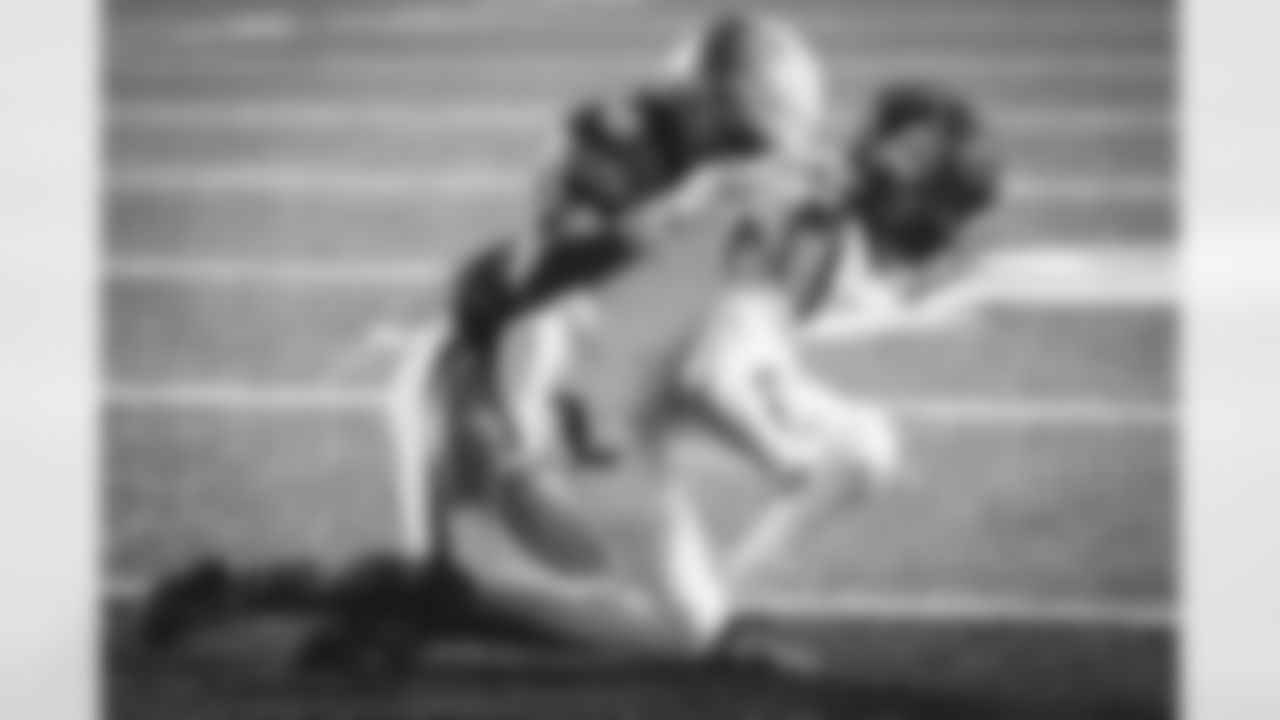
Louisville wide receiver Tutu Atwell, right, makes a touchdown reception against Boston College defensive back Brandon Sebastian during the second half of an NCAA college football game Saturday, Nov. 28, 2020, in Boston. (AP Photo/Michael Dwyer)

WR Tutu Atwell - Louisville
Louisville wide receiver Tutu Atwell plays against Boston College during the second half of an NCAA college football game, Saturday, Nov. 28, 2020, in Boston. (AP Photo/Michael Dwyer)
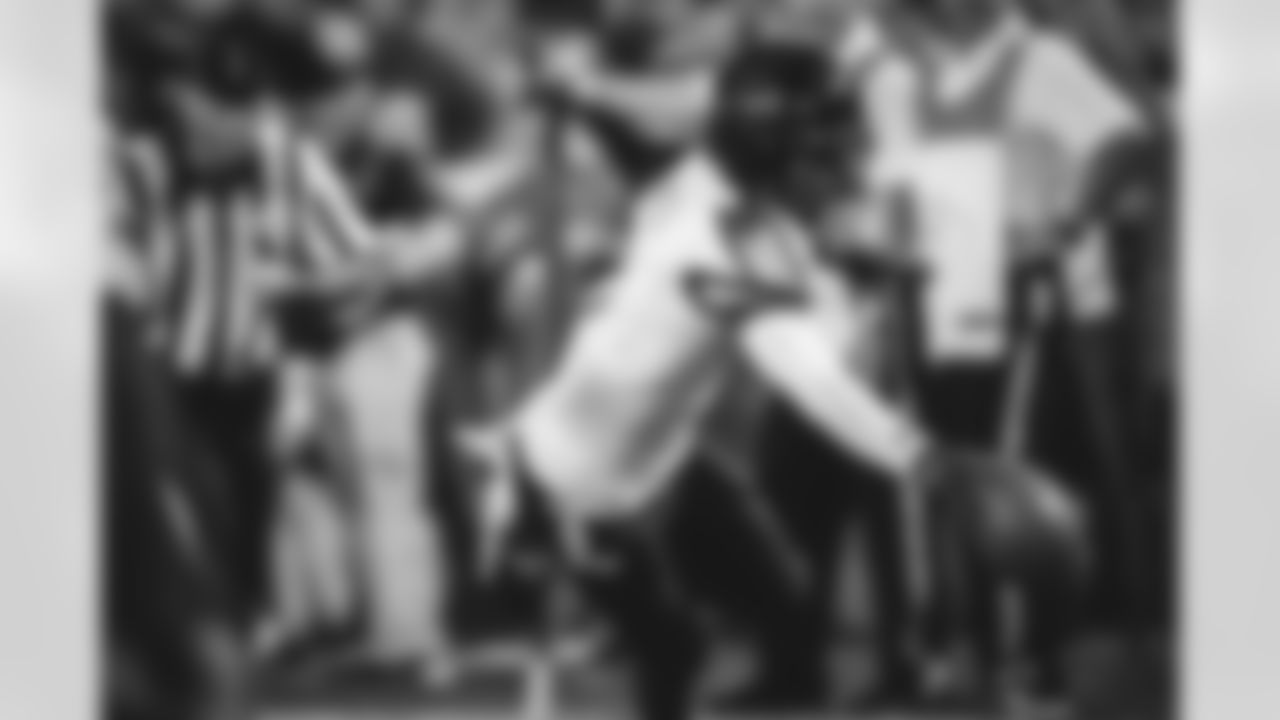
Louisville wide receiver Tutu Atwell reaches for the end zone as he scores on a 9-yard pass reception against Wake Forest during the first half of an NCAA college football game in Winston-Salem, N.C., Saturday, Oct. 12, 2019. (AP Photo/Nell Redmond)
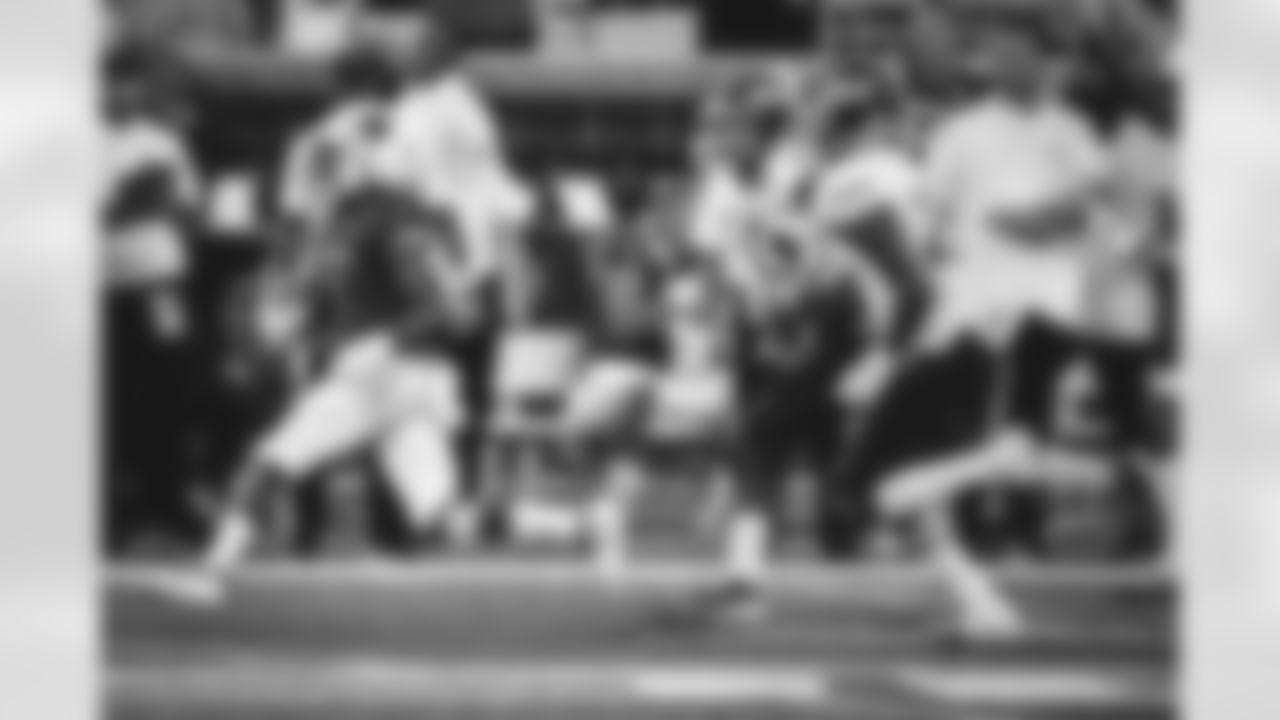
Louisville wide receiver Tutu Atwell (1) is pursued by Eastern Kentucky defensive back Joseph Sayles (43) and wide receiver Alex Cabrera (23) during the first half of an NCAA college football game in Louisville, Ky., Saturday, Sept. 7, 2019. (AP Photo/Timothy D. Easley)

Louisville wide receiver Tutu Atwell poses on an NFL Network set, Saturday March 13, 2021 in Pensacola, FL.. (Todd Rosenberg via AP)

Louisville wide receiver Tutu Atwell poses for a portrait Saturday March 13, 2021 in Pensacola, FL. (Todd Rosenberg via AP)
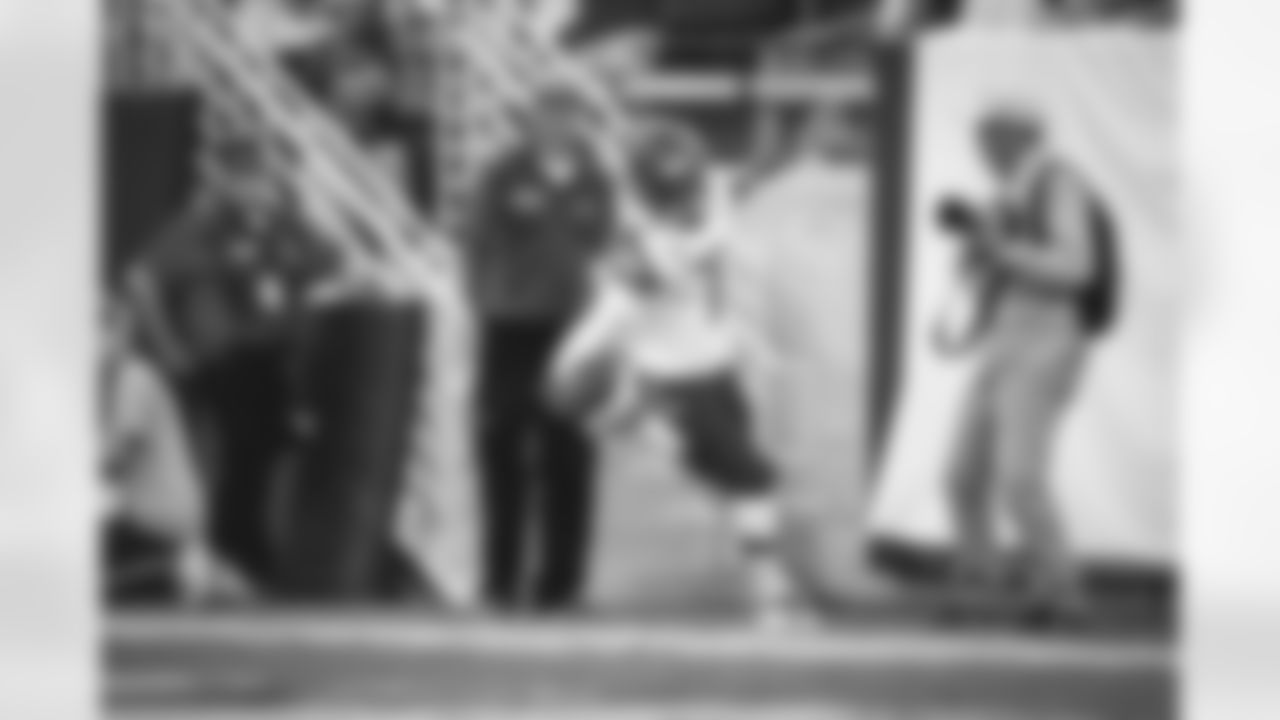
Tutu Atwell celebrates after running in a touchdown during the game against Western Kentucky at Nissan Stadium in Nashville, TN on September 14, 2019.
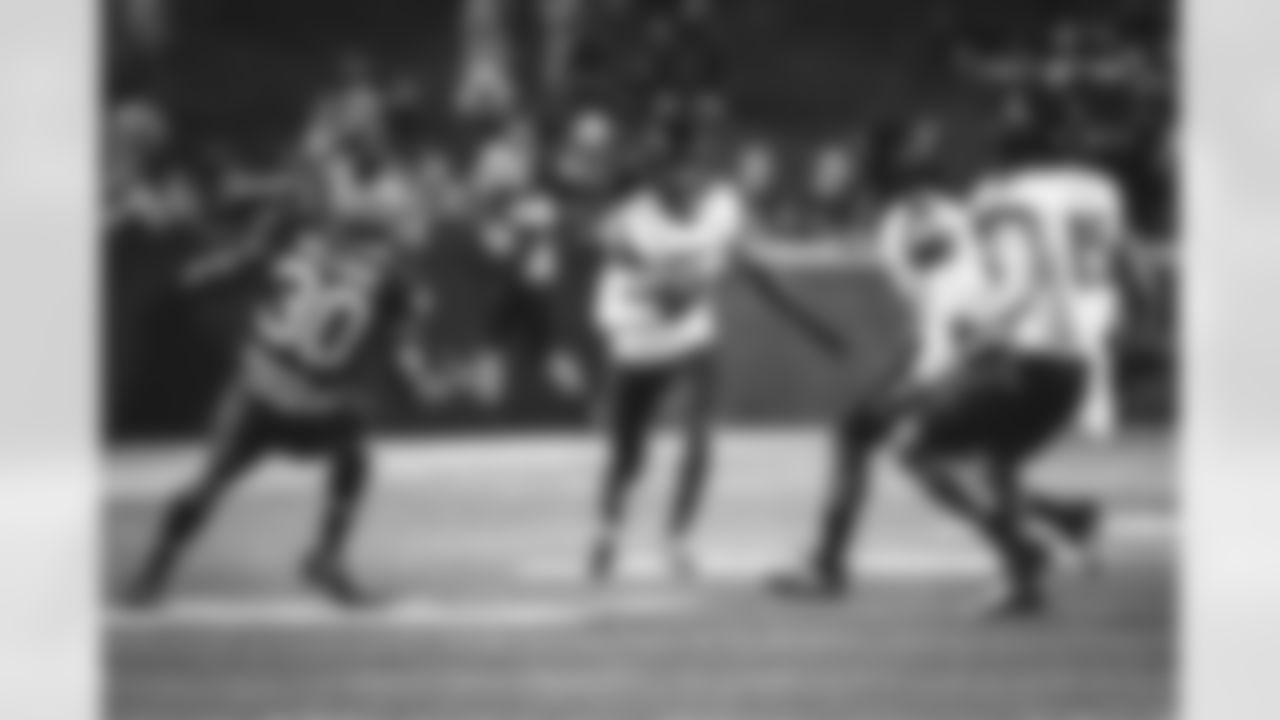
Tutu Atwell
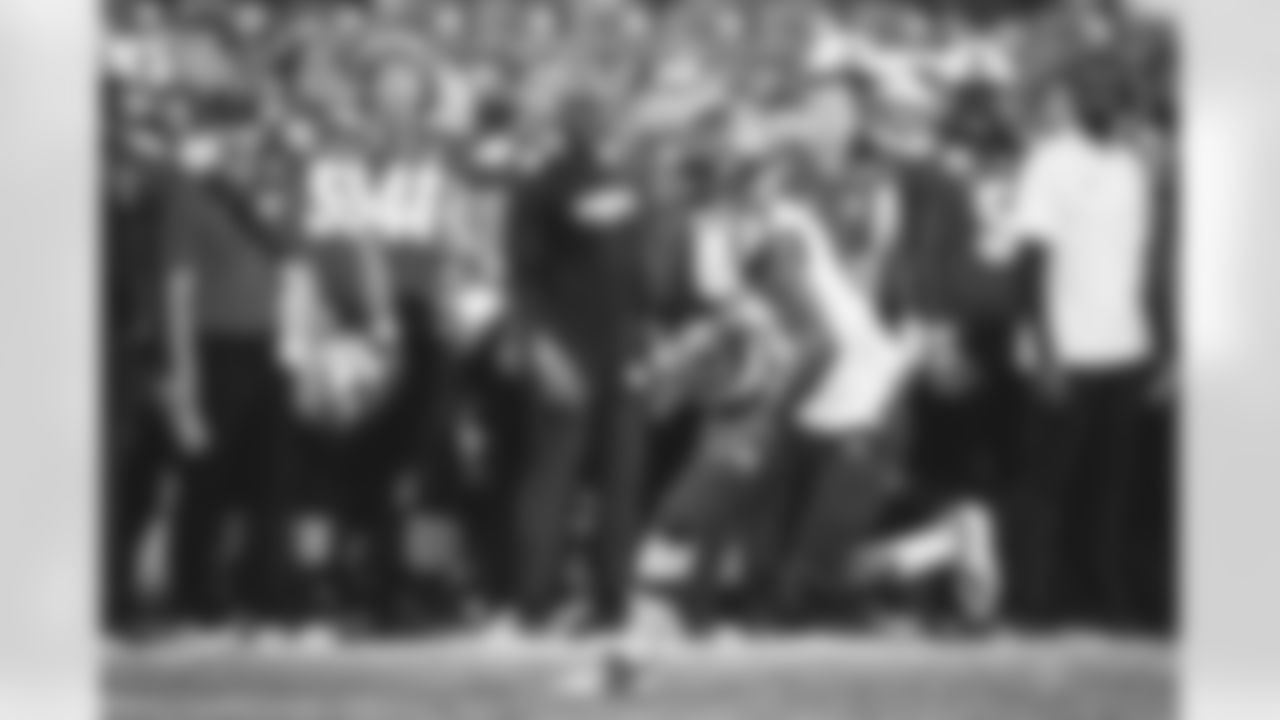
Tutu Atwell
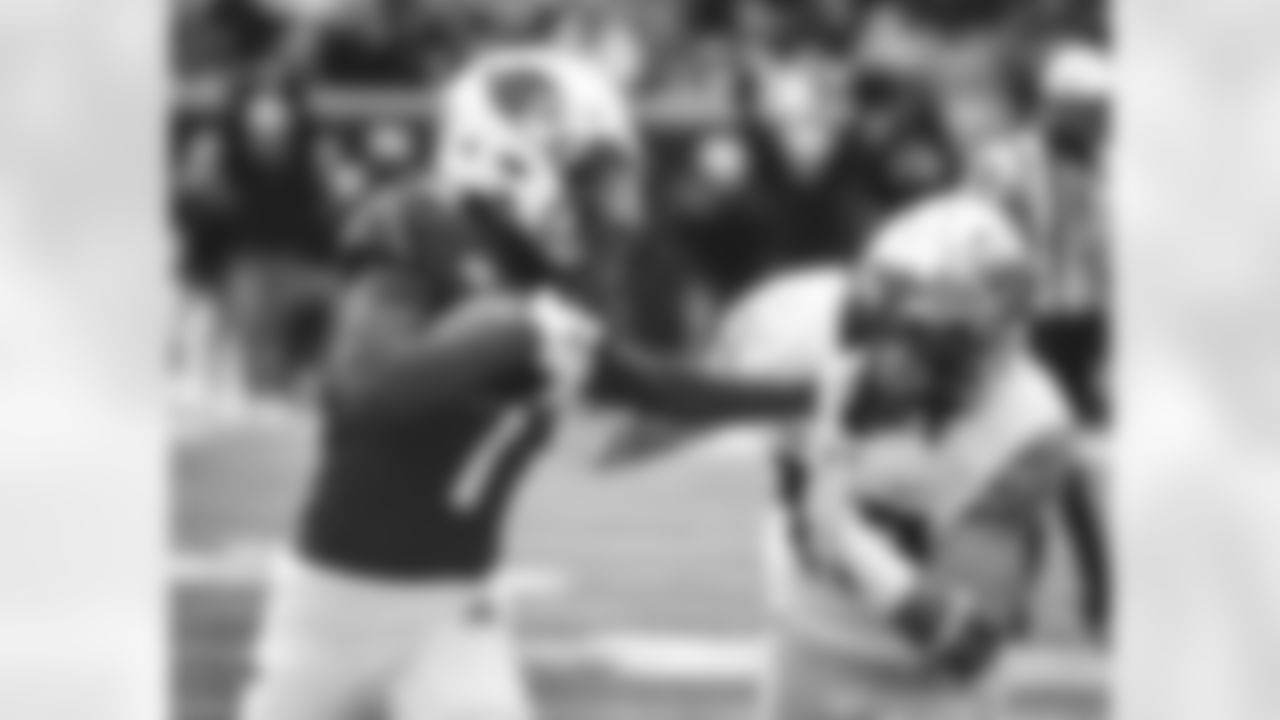
Louisville wide receiver Tutu Atwell (1) strong arms Wake Forest defensive back Malik Grate (13) during the first half of an NCAA college football game, Saturday, Oct. 27, 2018, in Louisville, Ky. (AP Photo/Timothy D. Easley)
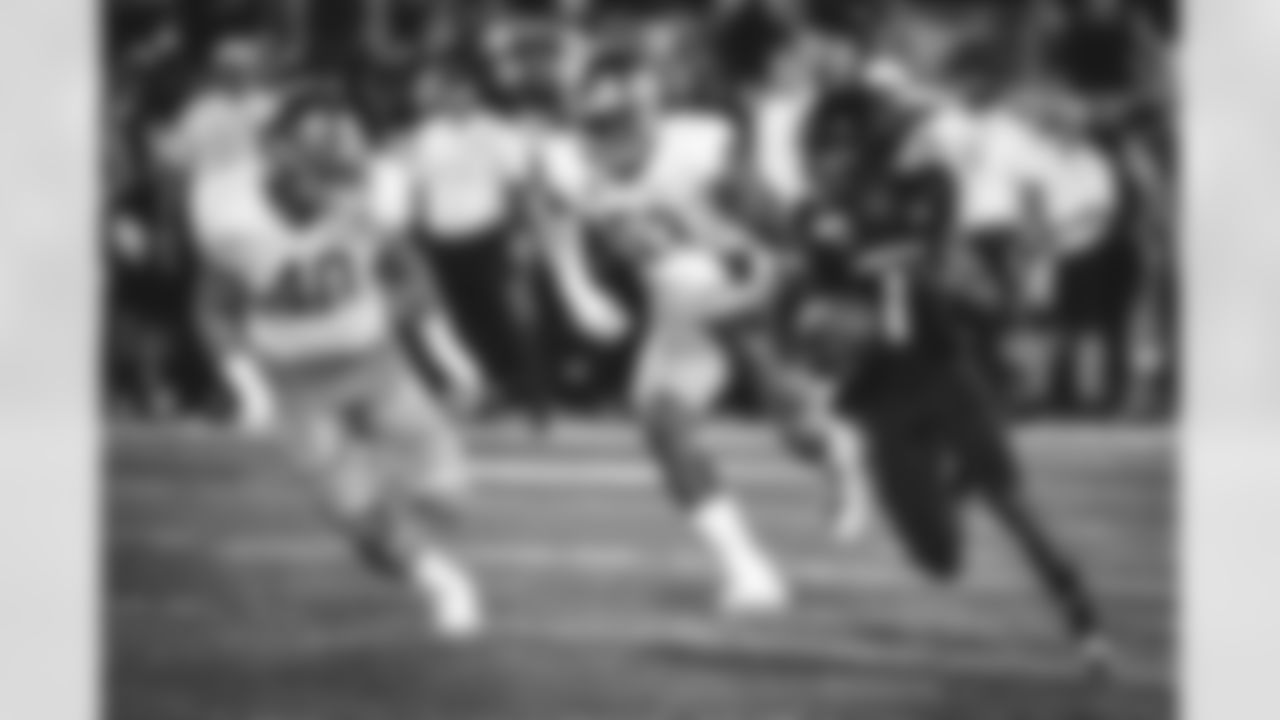
Louisville wide receiver Tutu Atwell (1) runs from the pursuit of Notre Dame linebacker Drew White (40) and defensive lineman Khalid Kareem (53) during the first half of an NCAA college football game in Louisville, Ky., Monday, Sept. 2, 2019. Notre Dame won 35-17. (AP Photo/Timothy D. Easley)
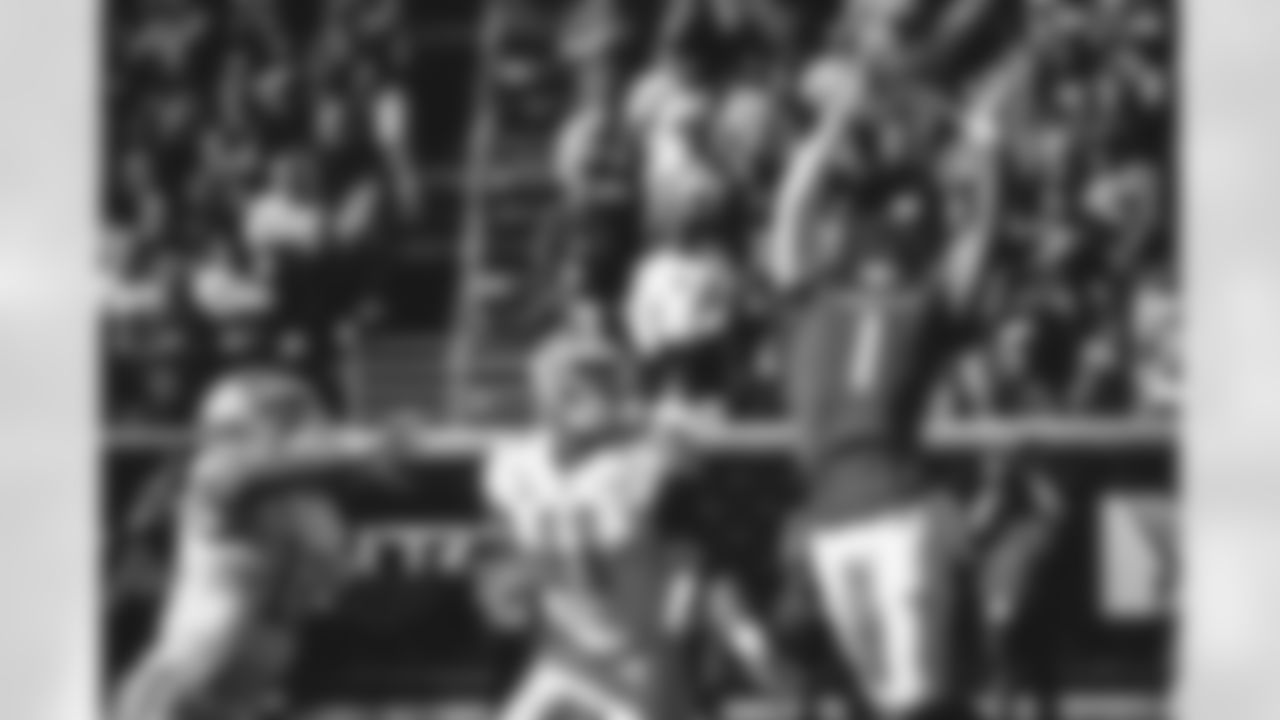
Louisville wide receiver Tutu Atwell (1) attempts a catch as Clemson safety K'Von Wallace (12) and linebacker Isaiah Simmons (11) defend during the first half of an NCAA college football game in Louisville, Ky., Saturday, Oct. 19, 2019. (AP Photo/Timothy D. Easley)

Louisville wide receiver Tutu Atwell poses for a portrait Saturday March 13, 2021 in Pensacola, FL. (Todd Rosenberg via AP)
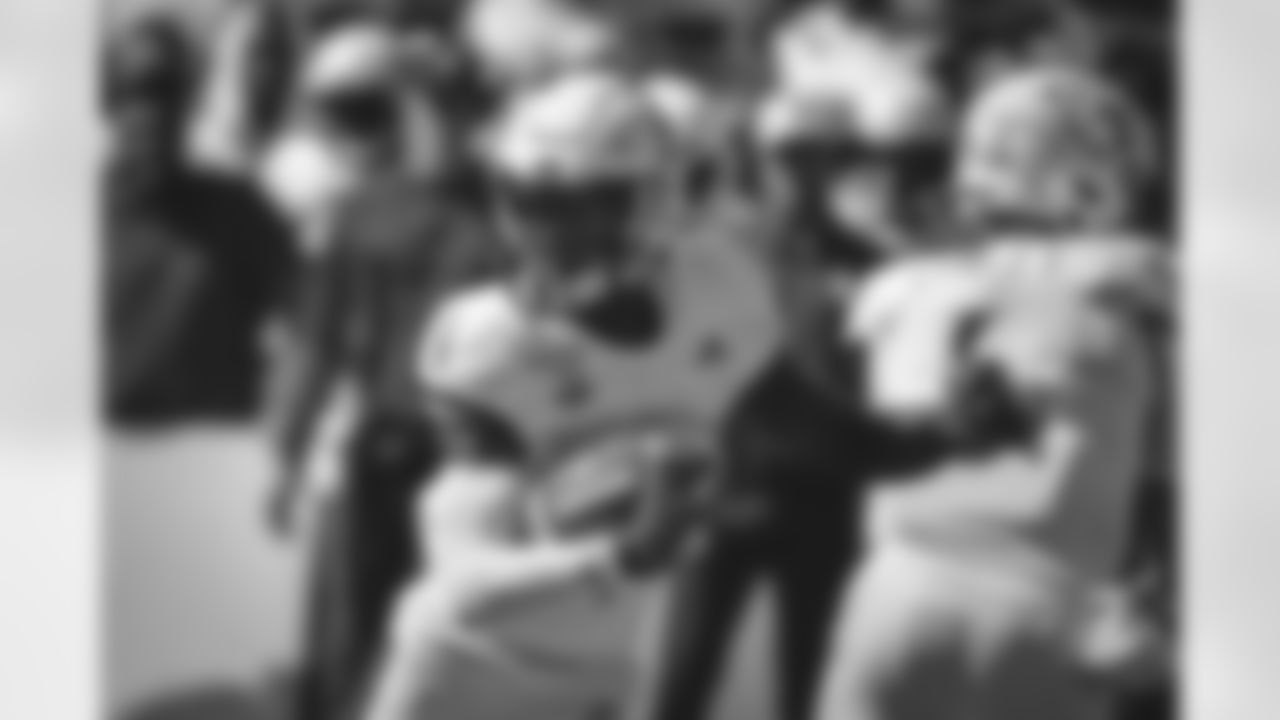
Louisville wide receiver Tutu Atwell (1) in action during the first half of an NCAA college football game in Louisville, Ky., Saturday, Oct. 5, 2019. (AP Photo/Timothy D. Easley)
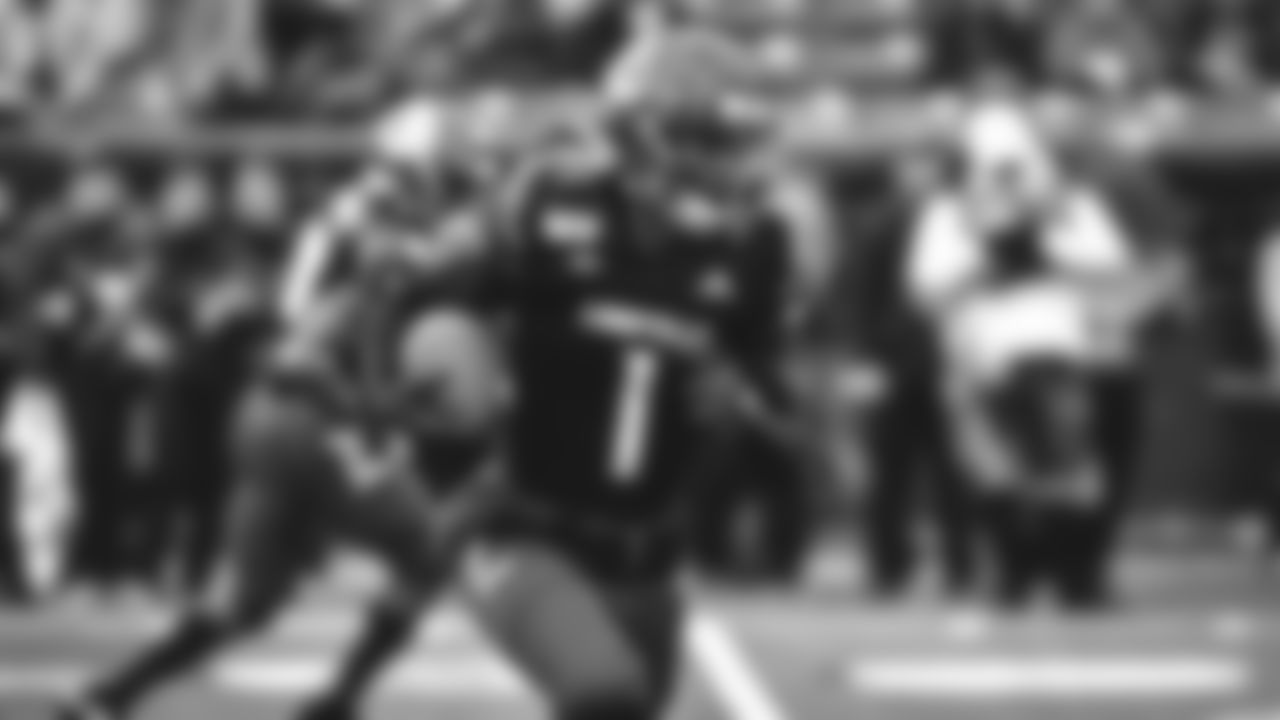
Louisville wide receiver Tutu Atwell (1) during the first half of an NCAA college football game in Louisville, Ky., Saturday, Oct. 26, 2019. (AP Photo/Timothy D. Easley)
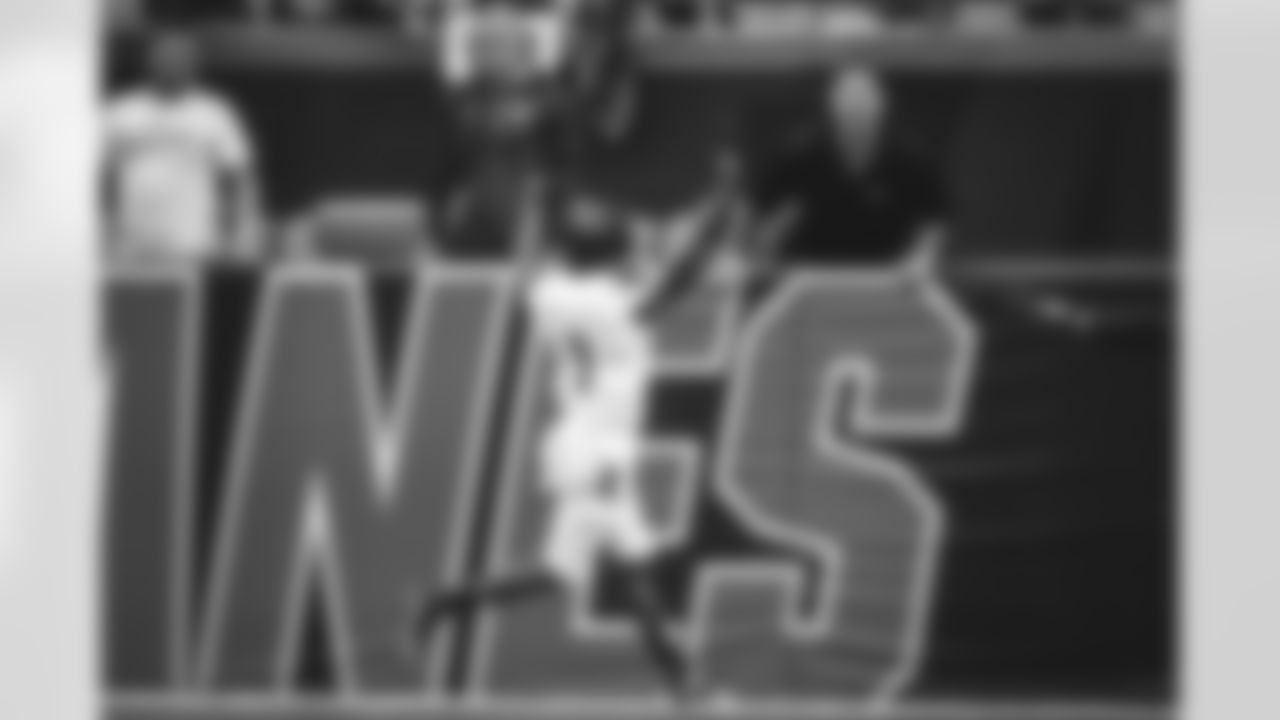
Louisville wide receiver Tutu Atwell (1) celebrates a touch down during the first half of an NCAA college football game against Miami, Saturday, Nov. 9, 2019, in Miami Gardens, Fla. (AP Photo/Wilfredo Lee)
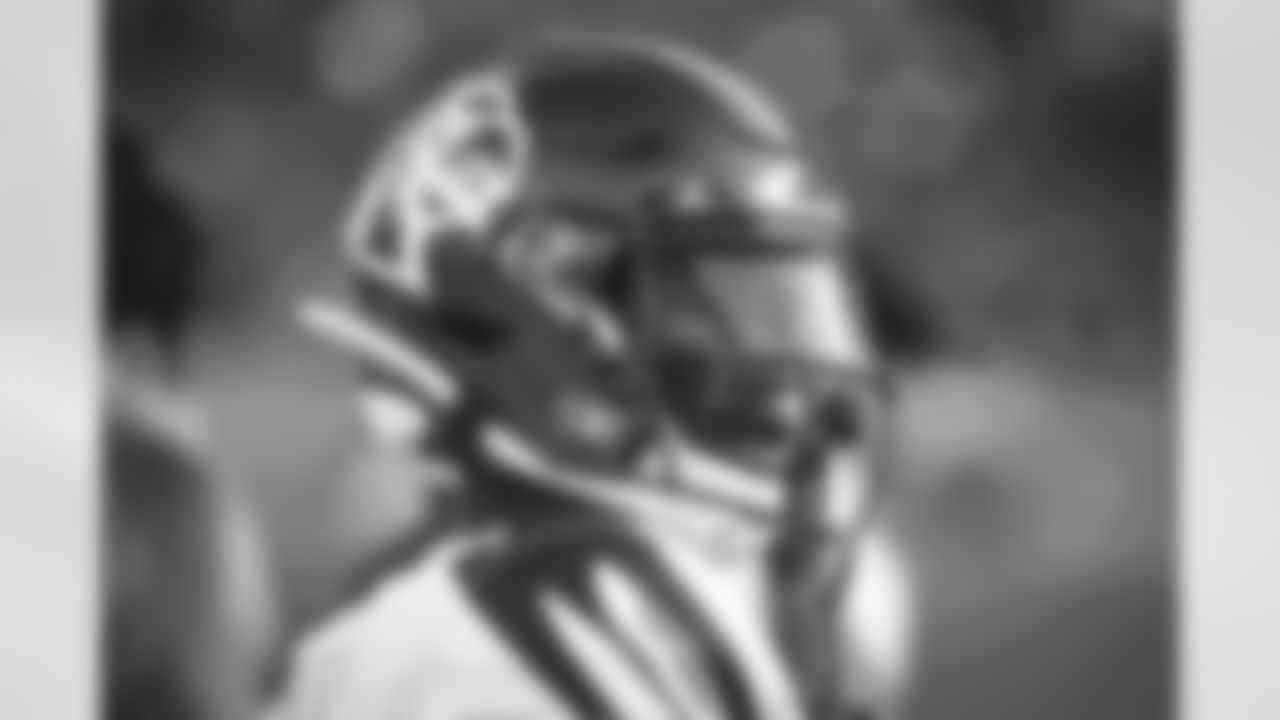
Louisville receiver Tutu Atwell looks at the scoreboard in the second half of an NCAA college football game against Western Kentucky Saturday, Sept. 14, 2019, in Nashville, Tenn. (AP Photo/Mike Strasinger)
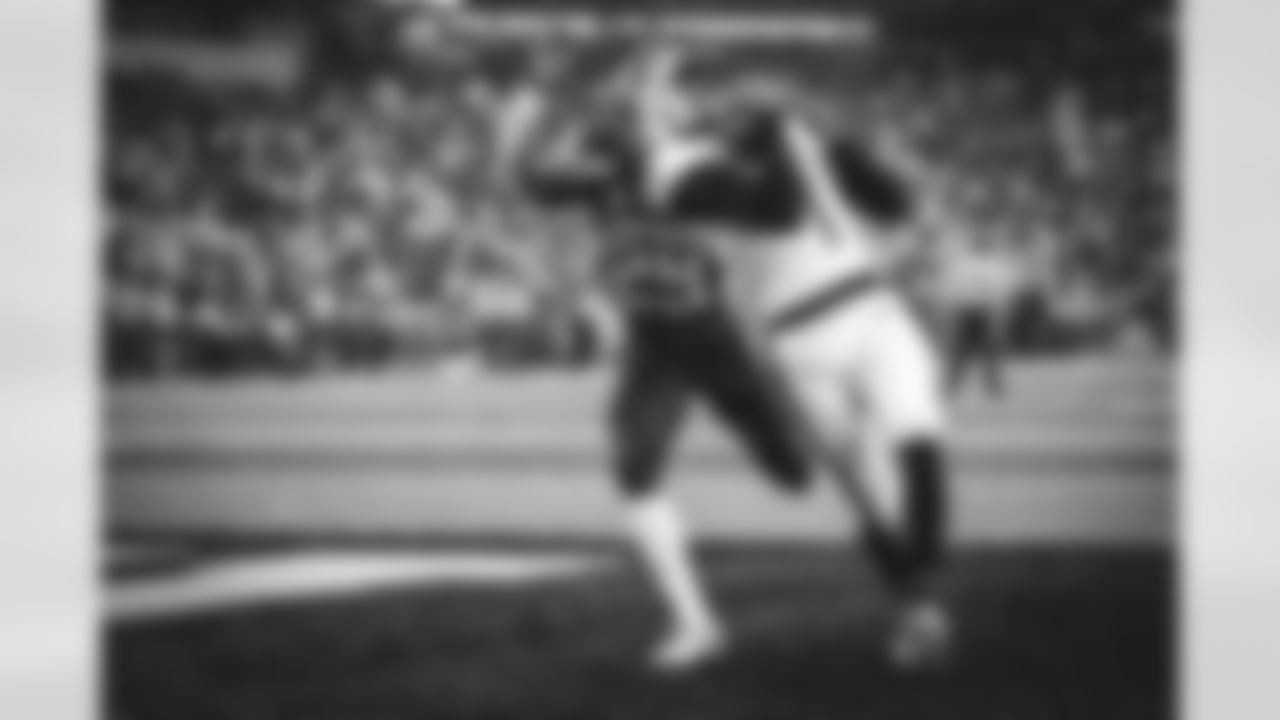
Louisville wide receiver Tutu Atwell (1) catches a touchdown pass during the first half of the NCAA college football game against Kentucky, Saturday, Nov. 30, 2019, in Lexington, Ky. (AP Photo/Bryan Woolston)














